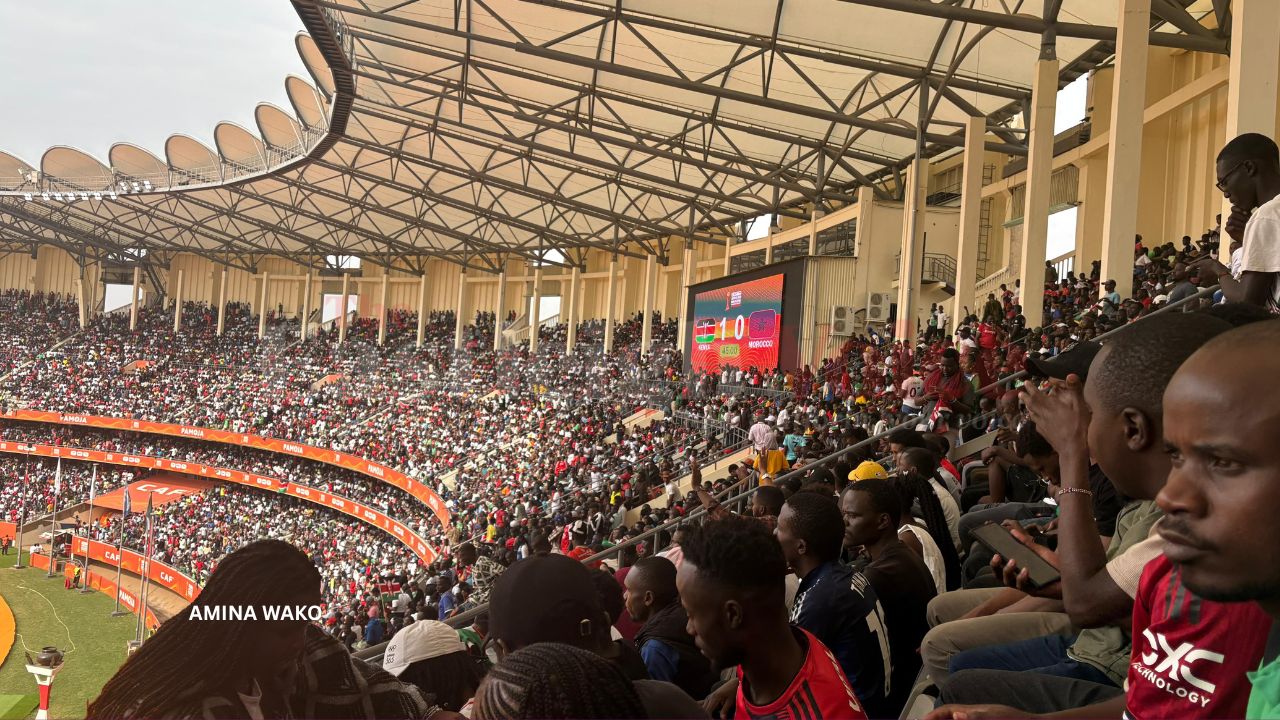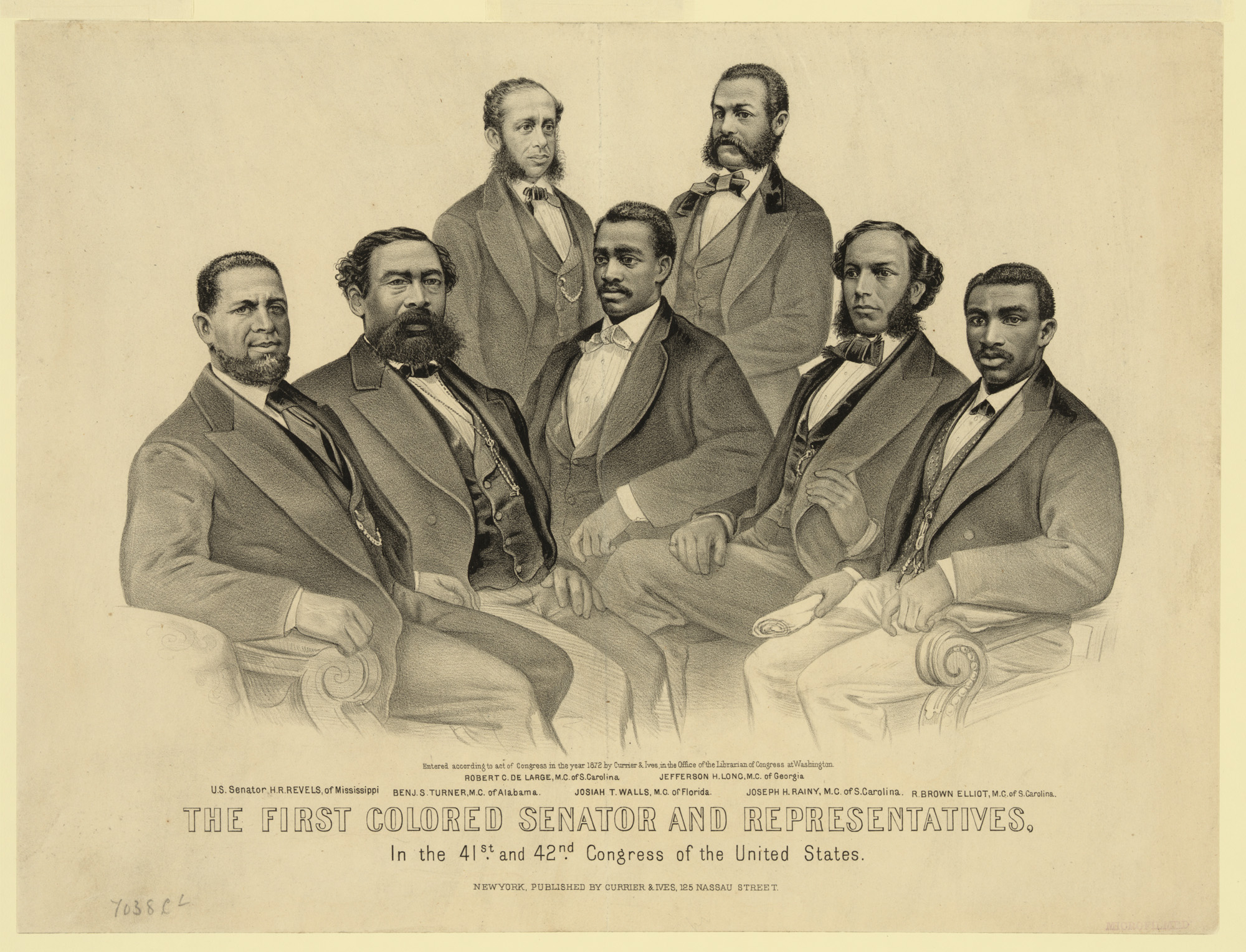Report on Cross-Border Military Activities Undermining Sustainable Development Goals in Sudan and Libya
Executive Summary: Conflict’s Detrimental Impact on the 2030 Agenda
The ongoing civil war in Sudan, which commenced in April 2023, has resulted in a severe humanitarian crisis, with tens of thousands killed and over 13 million people displaced. This conflict represents a catastrophic setback for the achievement of the Sustainable Development Goals (SDGs). Recent investigations reveal cross-border military support for the Rapid Support Forces (RSF), further destabilizing the region and directly contravening multiple SDGs, most notably SDG 16 (Peace, Justice and Strong Institutions).
Investigative Findings: Violation of National Sovereignty and SDG 16
A report by the Centre for Information Resilience (CIR) has identified a military camp in the Libyan desert, near al-Kufra, allegedly providing logistical and operational support to Sudan’s RSF. This finding, which contradicts Libya’s official denials, undermines the principles of peace and strong institutions central to SDG 16.
- Evidence was gathered using satellite imagery, online videos, and photographs.
- Investigators traced armed convoys of modified Toyota Land Cruisers from the Libyan base to the Zamzam displacement camp in Darfur, Sudan.
- The camp is reportedly linked to RSF General Hamdane al-Kajli, a key figure in the RSF command structure.
- The presence of Colombian mercenaries and other foreign fighters at the camp indicates a complex international network fueling the conflict, directly challenging the goal of peaceful and inclusive societies.
Humanitarian Consequences and Reversal of Development Gains
The activities linked to the Libyan base have direct and devastating consequences for civilian populations, severely impeding progress on fundamental SDGs. The attack on the Zamzam displacement camp, where RSF fighters killed at least 100 people, exemplifies the conflict’s human toll.
- SDG 1 (No Poverty) & SDG 2 (Zero Hunger): The displacement of over 13 million people has created widespread poverty and acute food insecurity, dismantling progress towards these goals.
- SDG 3 (Good Health and Well-being): The violence has led to mass casualties, injuries, and a collapse of health services, creating a profound public health crisis.
- SDG 5 (Gender Equality) & SDG 10 (Reduced Inequalities): Reports from the conflict zone indicate the use of rape and torture as weapons of war. Furthermore, atrocities allegedly committed against the Masalit community, including the killing of the West Darfur governor, highlight the targeted persecution of specific groups, exacerbating inequality.
International Complicity and the Failure of SDG 17
The conflict’s persistence is enabled by the flow of arms and fighters across international borders, a clear failure of global partnerships for peace (SDG 17). The CIR report corroborates a 2024 UN experts’ report, which found that the RSF violated a UN arms embargo via supply routes through Libya and Chad.
- UN Secretary-General António Guterres has condemned the movement of weapons and foreign fighters into Sudan.
- He has explicitly called on all nations to cease any support that fuels the conflict, an appeal directly aligned with the principles of SDG 17.
Accountability as a Cornerstone for SDG 16
In a critical step towards justice and accountability, a Sudanese court has brought charges against senior RSF commanders, including Mohamed Hamdan Dagalo (Hemedti), his brothers, and others. These legal proceedings are essential for rebuilding the rule of law, a core target of SDG 16.
- Charges Filed: The defendants face charges of genocide, war crimes, and crimes against humanity for attacks in El Geneina, West Darfur.
- Specific Allegations: The accused are implicated in planning and executing attacks involving murder, torture, rape, looting, and the targeted killing of community leaders, all of which have worsened the humanitarian crisis and undermined the foundations of a just society.
Analysis of the Article in Relation to Sustainable Development Goals (SDGs)
1. Which SDGs are addressed or connected to the issues highlighted in the article?
The article discusses a violent conflict with significant humanitarian consequences and international dimensions, directly connecting to several Sustainable Development Goals. The primary SDG addressed is SDG 16, with strong links to SDG 5, SDG 11, and SDG 17.
- SDG 16: Peace, Justice and Strong Institutions: This is the most relevant goal. The article is centered on armed conflict, violence, and the breakdown of peace in Sudan. It details killings, war crimes, genocide, and the flow of illicit arms, all of which are antithetical to peace and justice. The efforts to bring perpetrators to justice, such as the court charges against RSF commanders, also fall squarely under this goal.
- SDG 5: Gender Equality: The article explicitly mentions that the charges against RSF commanders include “attacks involving rape.” Rape and sexual violence used as a weapon of war are a severe violation of women’s rights and a direct concern of SDG 5.
- SDG 11: Sustainable Cities and Communities: The conflict directly impacts the safety and sustainability of human settlements. The article mentions the “siege for 18 months” of El Fasher, the capital of North Darfur, and the attack on El Geneina, the capital of West Darfur. It also highlights the killing of civilians in the “Zamzam displacement camp,” demonstrating that communities and safe havens are being destroyed.
- SDG 17: Partnerships for the Goals: The article highlights the negative aspect of international partnerships, where external actors are fueling the conflict. It mentions Libya providing a base for the RSF, supply routes from Abu Dhabi through Chad, and the presence of foreign mercenaries. The UN Secretary-General’s call for nations to “end any form of support that fuels the conflict” underscores the need for responsible global partnerships to achieve peace, which is a core tenet of SDG 17.
2. What specific targets under those SDGs can be identified based on the article’s content?
Several specific SDG targets are clearly identifiable from the issues described in the article:
- Target 16.1: Significantly reduce all forms of violence and related death rates everywhere.
- The article directly relates to this target by reporting on the extreme levels of violence. It states that RSF fighters “killed at least 100 people” in the Zamzam displacement camp and that the broader civil war has “killed tens of thousands.”
- Target 16.3: Promote the rule of law at the national and international levels and ensure equal access to justice for all.
- This target is addressed through the legal actions being taken against the perpetrators. The article notes that a court in Port Sudan has “charged RSF commander Mohamed Hamdan Dagalo… with genocide, war crimes, and crimes against humanity,” which is a direct attempt to promote the rule of law.
- Target 16.4: By 2030, significantly reduce illicit financial and arms flows…
- The article provides clear evidence related to this target. It describes how the RSF “violated an arms embargo by using supply routes from Abu Dhabi through Chad and Libya” and is moving “large quantities of weapons and equipment into Darfur through Libya.”
- Target 5.2: Eliminate all forms of violence against all women and girls in the public and private spheres…
- The mention that prosecutors are pursuing charges for “attacks involving rape” directly connects the conflict to this target, which aims to eliminate sexual and gender-based violence.
- Target 11.5: By 2030, significantly reduce the number of deaths and the number of people affected… caused by disasters…
- The conflict is a man-made disaster. This target is relevant as the article quantifies its impact, stating it has “killed tens of thousands and displaced more than 13 million people.” The attacks on cities and displacement camps are direct assaults on communities, leading to deaths and displacement.
3. Are there any indicators mentioned or implied in the article that can be used to measure progress towards the identified targets?
Yes, the article contains both explicit data and qualitative information that can serve as indicators for measuring progress (or lack thereof) towards the identified targets.
- Indicator 16.1.2: Conflict-related deaths per 100,000 population.
- The article provides raw numbers that can be used for this indicator, such as “at least 100 people” killed in a specific attack and “tens of thousands” killed overall in the civil war. These figures are direct measures of conflict-related deaths.
- Indicator 11.5.1: Number of deaths, missing persons and directly affected persons attributed to disasters per 100,000 population.
- The article explicitly states that the conflict has “displaced more than 13 million people.” This figure serves as a direct measure for the number of “directly affected persons.”
- Indicator 16.4.2: Proportion of seized, found or surrendered arms whose illicit origin or context has been traced or established…
- This is implied through the investigative work of the Centre for Information Resilience (CIR). The report’s ability to trace “vehicles from the site to Sudan’s Zamzam displacement camp” and the UN experts’ report identifying supply routes from “Abu Dhabi through Chad and Libya” are forms of tracing illicit arms flows. The presence of “large convoys of armed Toyota Land Cruisers” serves as a tangible, though unquantified, indicator.
- Qualitative Indicators for Justice and Rule of Law (Target 16.3):
- The article’s mention of a “court in Port Sudan” charging RSF commanders with “genocide, war crimes, and crimes against humanity” serves as a crucial qualitative indicator that judicial processes are being initiated to hold individuals accountable, which is a key component of promoting the rule of law.
- Qualitative Indicators for Violence Against Women (Target 5.2):
- The specific inclusion of “rape” in the charges against RSF leaders is a qualitative indicator that sexual violence is being recognized and prosecuted as a war crime, which is essential for progress on Target 5.2.
4. Summary Table of SDGs, Targets, and Indicators
| SDGs | Targets | Indicators Identified in the Article |
|---|---|---|
| SDG 16: Peace, Justice and Strong Institutions |
16.1: Reduce all forms of violence and related death rates.
16.3: Promote the rule of law and ensure equal access to justice. 16.4: Reduce illicit arms flows. |
Indicator 16.1.2 (Conflict-related deaths): Mention of “tens of thousands” killed in the war and “at least 100 people” killed in a specific attack.
Qualitative Indicator (Justice): A court charging RSF commanders with “genocide, war crimes, and crimes against humanity.” Indicator 16.4.2 (Illicit arms): Reports of RSF violating an “arms embargo” with supply routes through Libya and Chad; tracing of armed vehicles. |
| SDG 5: Gender Equality | 5.2: Eliminate all forms of violence against all women and girls. | Qualitative Indicator (Gender-Based Violence): The inclusion of “rape” in the list of charges against perpetrators. |
| SDG 11: Sustainable Cities and Communities | 11.5: Reduce the number of deaths and people affected by disasters. | Indicator 11.5.1 (Affected persons): The statement that the conflict has “displaced more than 13 million people.” |
| SDG 17: Partnerships for the Goals | 17.16: Enhance the global partnership for sustainable development. | Qualitative Indicator (Partnerships): The negative example of Libya, Chad, and Abu Dhabi allegedly supporting the RSF, and the UN’s call for nations to “end any form of support that fuels the conflict.” |
Source: eastleighvoice.co.ke







